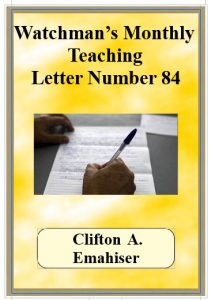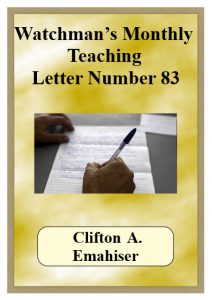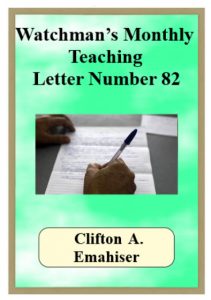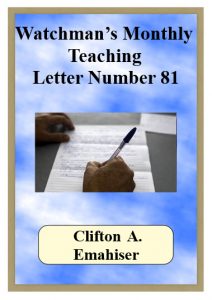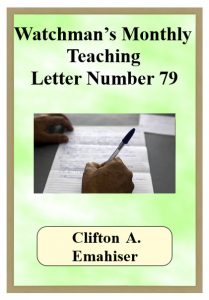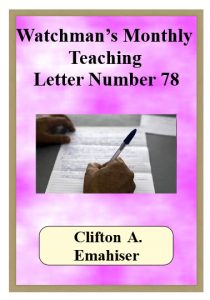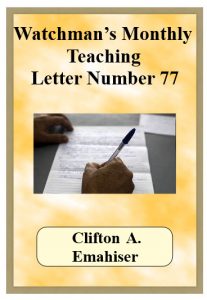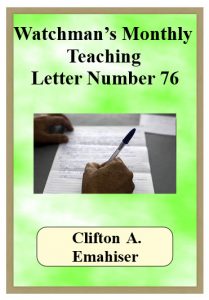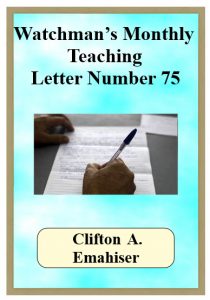AN ANGLO-ISAAC-SON CAUCASIAN CULTURE AWARENESS TEACHING LETTER
THIS IS MY EIGHTY-FOURTH MONTHLY TEACHING LETTER AND ENDS MY SEVENTH YEAR OF PUBLICATION. If you will remember, we are doing a series defending the writings of Josephus. It is not the objective here to imply that Josephus was perfect in all that he wrote, but he was a man of Israel who normally would have been a priest of the first of twenty-four courses had not Herod begun appointing to the priesthood non-Israelites of a non-Levitical background. Many today are accusing Paul and Josephus of being Canaanite-Jews. As Paul was not a Canaanite-Jew, but of the Tribe of Benjamin; in similar manner Josephus was not a Canaanite-Jew, but of the Tribe of Levi. This is important, as today we would be hard-pressed to prove many passages in our Bible without the writings of Josephus.
One of the very most important of Josephus’ writings is his recording of the absorption of the Edomites, which he surely wouldn’t have recorded had he been like Herod who burned all the genealogical records to prevent anyone from knowing his low, ignoble lineage. How foolish the charge that Josephus was an Edomite-Jew! We find this at Josephus’ Antiquities 13:9:1, which reads as follows:
